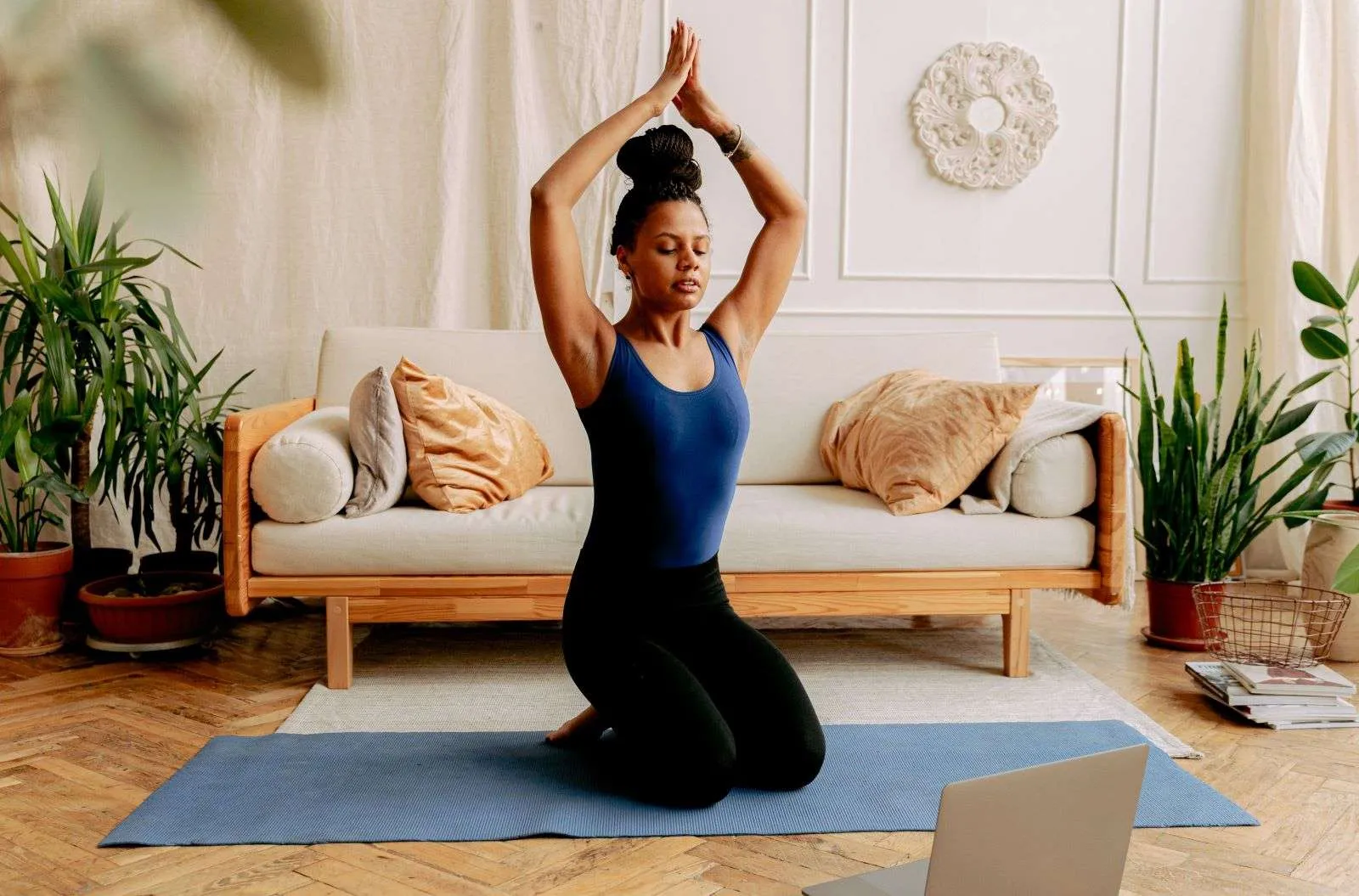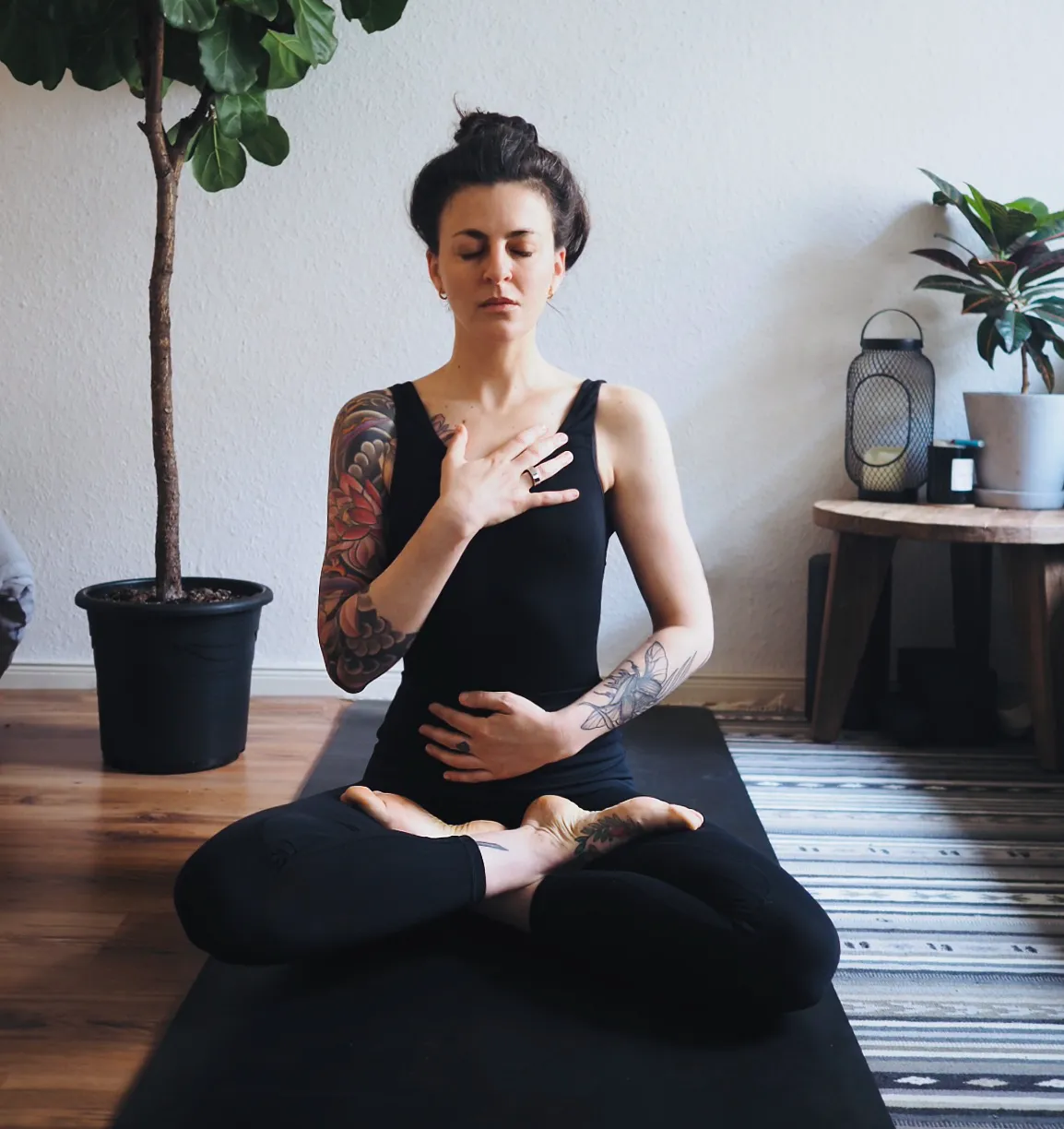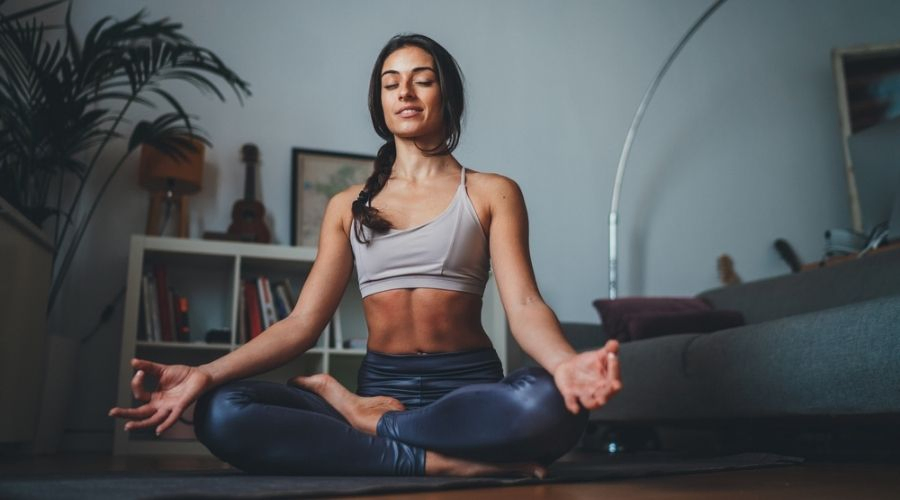I. Introduction to Kriya Yoga

A. Definition and origins of Kriya Yoga
Kriya Yoga is a spiritual practice that originated in ancient India and was popularized by the great yogi, Paramahansa Yogananda. The word “kriya” means action or movement, and “yoga” means union or connection. Kriya Yoga aims to create a deep connection between the individual soul and the divine consciousness.
B. Understanding the significance and benefits of practicing Kriya Yoga at home
Practicing Kriya Yoga at home provides numerous benefits. It allows individuals to establish a deeper connection with their inner selves and experience personal transformation. It can help in reducing stress, improving focus, and increasing self-awareness. Additionally, practicing Kriya Yoga at home provides flexibility and convenience as individuals can adjust their practice to their own schedule and preferences.
II. Preparing Your Home Practice Space
A. Setting up a dedicated space for Kriya Yoga practice
It is essential to have a dedicated space for practicing Kriya Yoga at home. Choose an area that is quiet, clean, and free from distractions. It could be a corner of a room or a separate room altogether. Clear the space of any unnecessary objects and furniture to create an open and inviting environment.
B. Creating a serene and peaceful environment conducive to meditation
Enhancing the ambiance of the practice space is vital for a successful Kriya Yoga practice. Add elements that create a serene and peaceful environment, such as soft lighting, candles, incense, or soothing music. Consider using natural materials for flooring or accessories to create a connection with nature.
C. Gathering essential props and materials for Kriya Yoga practice
Kriya Yoga practice requires a few essential props and materials. These include a yoga mat or blanket, a meditation cushion or bolster, and a timer or clock to track your practice duration. Additionally, having a journal or notebook to record your experiences and insights can be beneficial in tracking progress and reflections.
III. Step-by-Step Guide to Practicing Kriya Yoga at Home
A. Learning the foundational techniques of Kriya Yoga
To begin your Kriya Yoga practice, it is essential to learn the foundational techniques. These techniques include:
- Kapalabhati pranayama (Skull Shining Breath): This breathing technique involves short, rapid exhales followed by passive inhales. It helps in purifying the respiratory system and energizing the body.
- Nadi Shodhana pranayama (Alternate Nostril Breathing): This breathwork technique involves opening and clearing the energy channels in the body by alternately breathing through each nostril. It helps in balancing the energy within the body and calming the mind.
- Kriya asanas (Yogic postures): Kriya Yoga incorporates specific yoga asanas or postures to prepare the body for meditation. These asanas help in increasing flexibility, strength, and balance while harmonizing the body and mind.
B. Establishing a regular Kriya Yoga routine

To make the most of your Kriya Yoga practice, it is crucial to establish a regular routine. Here are some steps to consider:
- Setting a consistent practice schedule: Determine a specific time each day for your Kriya Yoga practice. Choose a time when you are least likely to be interrupted or distracted. Consistency is key in establishing a deep practice.
- Establishing a daily Sadhana (spiritual practice): Apart from the specific Kriya Yoga techniques, it is beneficial to incorporate additional spiritual practices into your routine. This can include meditation, mantra recitation, or reading sacred texts. This daily Sadhana adds depth and devotion to your practice.
- Integrating meditation and mantra recitation into the practice: After completing the foundational techniques, spend time in silent meditation to observe and connect with your inner self. You can also incorporate mantra recitation, such as chanting “Om” or other sacred mantras, to deepen your practice and focus the mind.
IV. Overcoming Challenges in Home Practice
A. Dealing with distractions and maintaining focus
In the modern world, distractions are pervasive and can easily hinder our ability to maintain focus during our Kriya Yoga practice. However, by employing a few strategies, we can better navigate these distractions and cultivate a more focused practice.
- Creating a dedicated practice space: Designate a specific area in your home solely for your Kriya Yoga practice. This space should be free from external distractions, such as noises or visual disturbances, to help create a serene environment conducive to concentration.
- Setting boundaries: Inform your family members or housemates about your practice schedule and request their support in minimizing distractions during that time. Communicating your need for uninterrupted practice can help establish a conducive atmosphere.
- Disconnecting from technology: Turn off your phone, computer, and other digital devices to eliminate the potential for interruptions and temptations to engage in social media or other distractions. Consider setting aside a specific time each day for technology use, separate from your Kriya Yoga practice.
- Cultivating mental focus through pranayama: Incorporate pranayama (breathing exercises) into your practice routine to help center and calm the mind. Deep, rhythmic breathing techniques like Nadi Shodhana can provide a natural anchor for your attention, facilitating focus during the practice.
B. Addressing physical limitations and finding modifications

It is essential to honor our bodies and adapt the practice of Kriya Yoga to accommodate any physical limitations or injuries we may have. Here are some considerations:
- Consulting with a healthcare professional: If you have any medical conditions or injuries, it’s advisable to consult with a healthcare professional to ensure Kriya Yoga is safe and suitable for you. They can provide guidance on modifications or alternative practices that align with your specific needs.
- Listening to your body: Be attentive to the signals your body is giving you during your practice. If a posture or technique causes discomfort or pain, modify or omit it, focusing instead on the aspects that are accessible and beneficial.
- Exploring prop usage: Incorporating props like bolsters, blankets, or blocks can provide additional support and enable you to find comfortable variations of the asanas. Props can help alleviate strain and make the practice more accessible for those with physical limitations.
- Seeking personalized guidance: If needed, consider seeking guidance from a knowledgeable yoga teacher or therapist who can provide individualized instruction and modifications based on your unique physical needs.
C. Cultivating motivation and discipline for regular practice

Maintaining a consistent Kriya Yoga practice at home requires motivation and discipline. Here are some strategies to help cultivate these qualities:
- Setting a regular practice schedule: Establish a dedicated time each day for your Kriya Yoga practice and adhere to it as much as possible. Consistency breeds discipline and helps cultivate the habit of regular practice.
- Starting with shorter sessions: Begin with shorter practice sessions and gradually increase the duration over time. This approach makes the practice more manageable and helps avoid overwhelming yourself, reducing the likelihood of skipping sessions.
- Creating a supportive routine: Develop a pre-practice routine that primes your mind and body for practice. This may include simple activities like deep breathing, stretching, or journaling, helping you transition into a focused and receptive state.
- Finding inspiration: Seek inspiration and motivation from books, podcasts, or videos related to Kriya Yoga or from the teachings of renowned yoga masters. Engage in contemplative practices like reading sacred texts, reflecting on inspiring quotes, or listening to spiritual discourses to nourish your motivation.
By addressing distractions, adapting the practice to physical limitations, and cultivating motivation and discipline, individuals can establish a strong foundation for their home practice. Exploring advanced techniques and seeking guidance from teachers or gurus can enhance the depth and transformative potential of the practice. Ultimately, a consistent home practice of Kriya Yoga can lead to profound personal transformation, cultivating inner stillness, harnessing the practice’s power in daily life, and nurturing spiritual growth and self-awareness.



